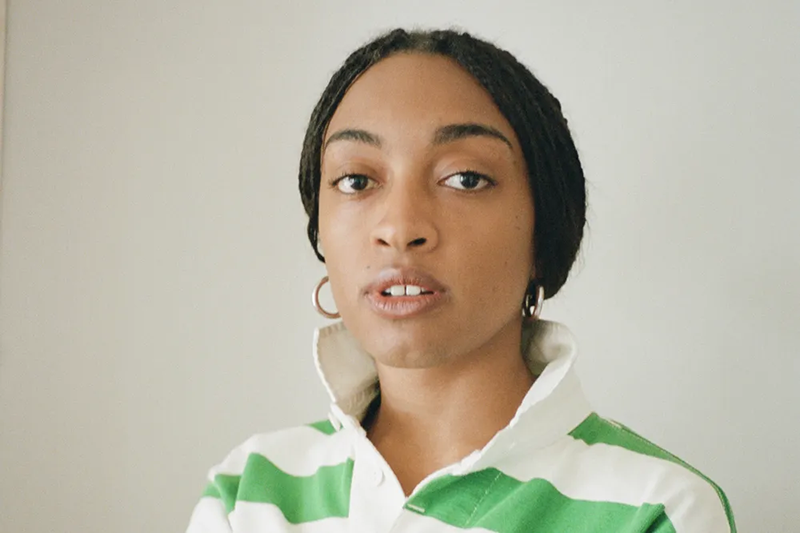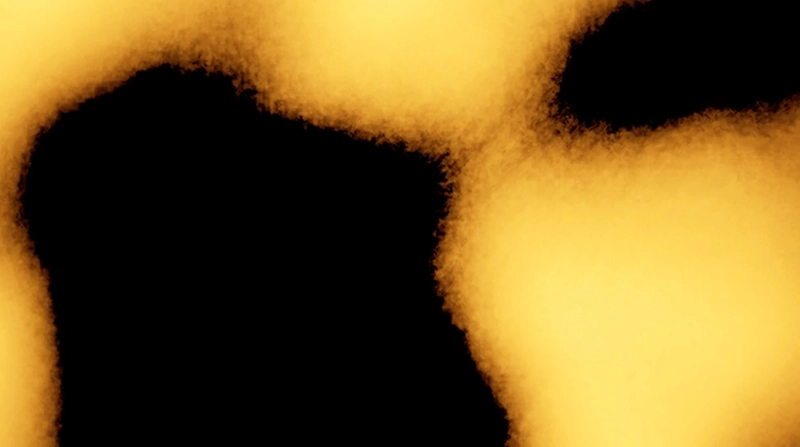Aria Dean
Los Angeles, US, 1993Aria Dean lives and works in New York. Recent solo and two-person exhibitions and performances include the Institute of Contemporary Arts, London (2024); The Power Plant, Toronto (2023); The Renaissance Society, Chicago (2023); Greene Naftali, New York (2023, 2021); Progetto, Lecce, Italy (2023); CAPC, Bordeaux (2023); REDCAT, Los Angeles (2021); Artists Space, New York (2020); Centre d’Art Contemporain Genève, Geneva (2019); and the Albright-Knox Art Gallery, Buffalo, New York (2018). Significant group shows include the Whitney Biennial: Quiet As It’s Kept (2022); the Hammer Museum’s biennial Made in L.A. 2020: a version (2021); the Institute of Contemporary Art, University of Pennsylvania, Philadelphia (2019); The MAC, Belfast, Northern Ireland (2019); Tai Kwun, Hong Kong (2019); Schinkel Pavillon, Berlin (2018); Swiss Institute, New York (2018); and the de Young Museum, San Francisco (2017), among others.
Her writing has appeared in publications including Artforum, Art in America, e-flux, The New Inquiry, X-TRA Contemporary Art Quarterly, Spike Quarterly, Kaleidoscope Magazine, Texte zur Kunst, CURA Magazine, and November. A volume of her collected writings, Bad Infinity, was published by Sternberg Press in 2023. Dean’s work is in the collection of the Museum of Modern Art, New York; the Museum of Contemporary Art, Los Angeles; the De Pont Museum of Contemporary Art, Tilburg, Netherlands; Hammer Museum, Los Angeles; Hessel Museum of Art, Annandale-on- Hudson, New York; The Studio Museum in Harlem, New York; and the Whitney Museum of American Art, New York.


